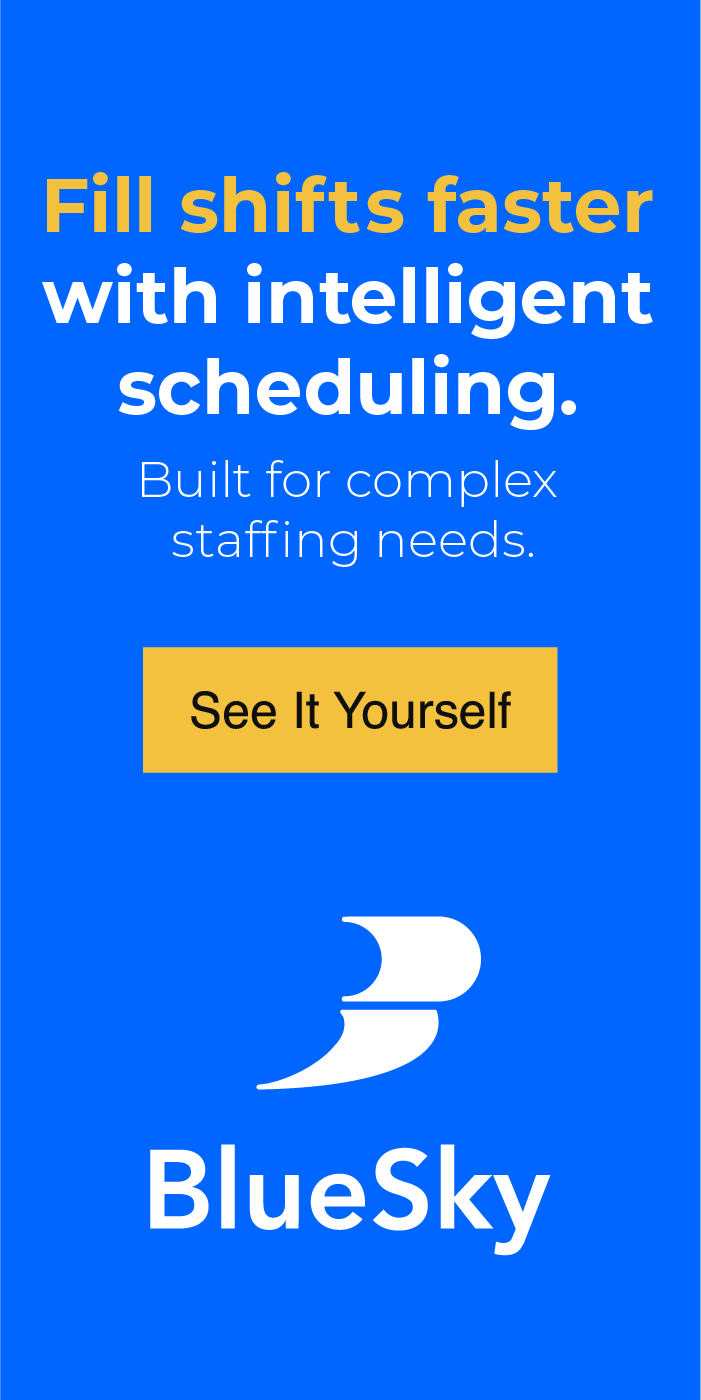When the pandemic hit, healthcare organizations were thrown into reaction mode, with many long-term projects being shelved indefinitely. However, health leaders were able to take some steps which not only addressed some of their current needs but set the stage for future growth.
That’s been the case for customers of interoperability solutions vendor Lyniate, which works with laboratories, providers and public health departments in 47 of 50 US states. During the peak of the COVID19 pandemic, these entities were faced with massive new demands to share testing data as a reportable disease. The 2 million COVID tests per day these entities had to manage represented a 10-fold increase in reportable to public health departments, according to Lyniate’s Drew Ivan, chief product and strategy officer and Sonal Patel, its chief customer success officer.
Managing data like that from multiple units, facilities, states.. it seems difficult without a software solution. Contingent labor management can be just as consolidated under BlueSky Workforce Management Software.
To address this need, customers built out their capacity for data exchange, in part by adding new endpoints for sending and receiving data. At the same time, customers used the interoperability platform to manage communication about negative tests via email, rather than phone calls.
Another step Lyniate customers took to scale up for the pandemic was to integrate EHRs and billing tools within virtual care with the help of its professional services team. By doing so, they not only dealt with current issues but began to address the long-term need to connect telehealth with other technologies going forward.
If you’re not using text/text to voice to communicate with your nurses and unit labor, you’re missing a big opportunity to be more efficient.
Given that the need for telehealth to be connected with other technologies will continue to grow, spurred in part by the federal government reimbursement, these steps are helping providers not only meet current demands but plan for the future.
Ivan and Patel predict that the next wave of technologies for supporting whole-person care will be remote patient monitoring and the use of biometrics. Providers have been using these when caring for COVID-19 patients off-site, and their use is likely to grow as the benefits of RPM continue to prove themselves.
In the future, providers will have access to technologies offering new, secure connections with provider organizations across multiple data standards and data sets. As the sets of tools available to providers expand, they will be available to help rebuild relationships with patients who have postponed elective services and foster care for chronic conditions.
As a healthcare provider, you should also be managing your own career without the risk of an agency or MSP withholding your labor and blocking you from opportunities.
To support these shifts, healthcare providers must rapidly adopt virtual models for care delivery that integrate seamlessly with the EHR — giving all providers who see that patient a longitudinal view into the medical history. In addition, as more care takes place outside traditional care settings, and as patients continue monitoring their health from home, providers must offer tools that enable consumer-mediated data exchange.
These shifts in care models are still very much in process, and it will take a great deal of additional exploration to see what resources and tools providers need to sustain virtual care. However, the lessons learned from managing aspects of the pandemic remotely are likely to be valuable ones going forward.
Original here.

